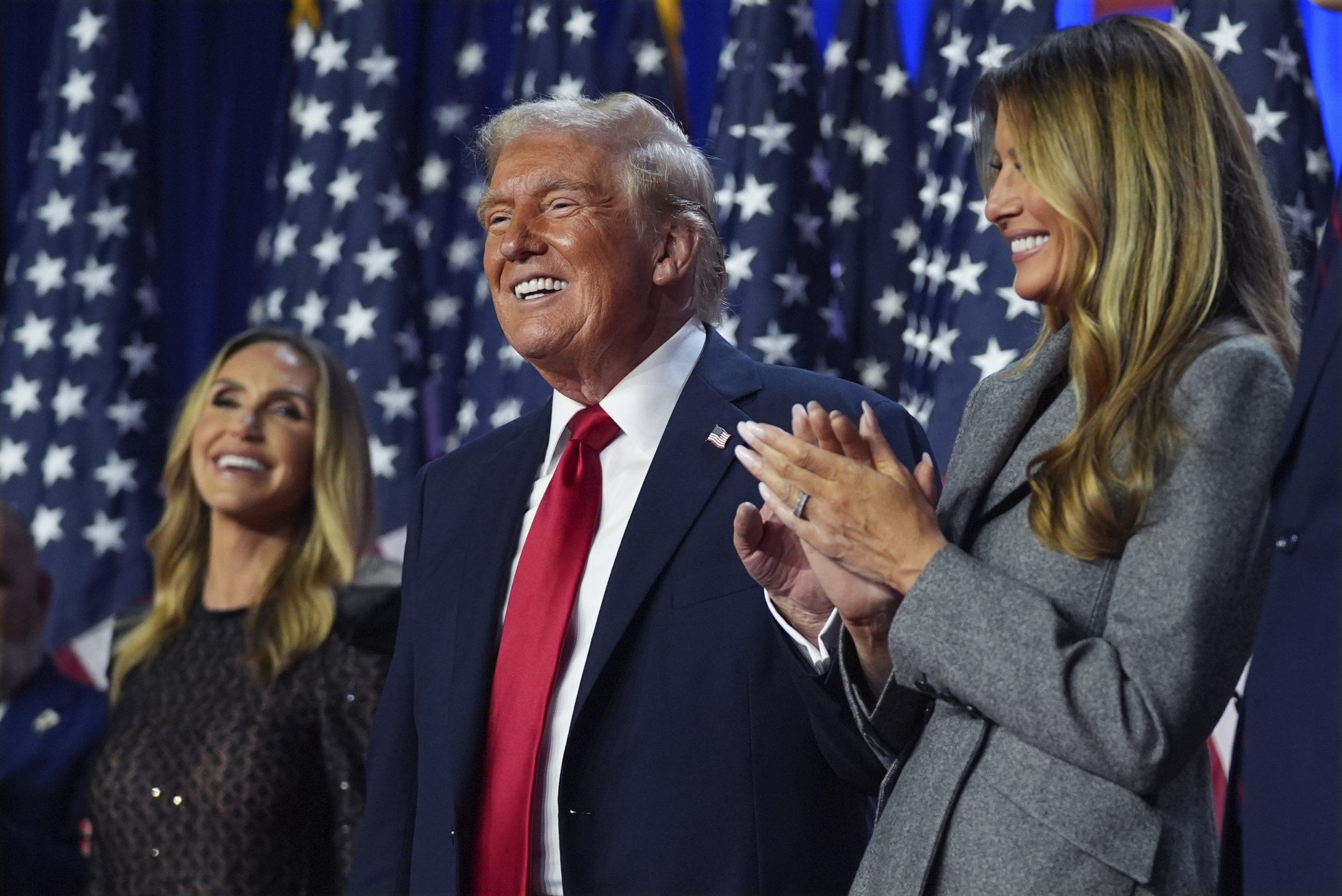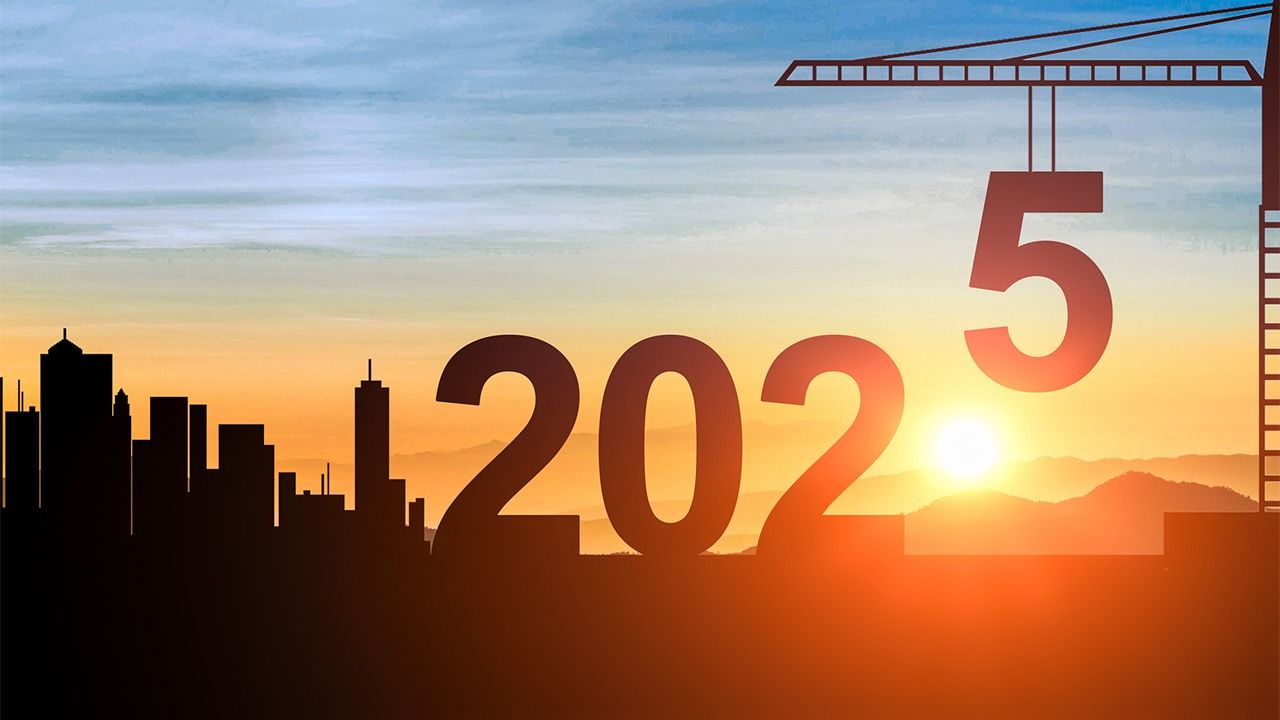Contrary to predictions of a close race, Donald Trump has secured a decisive victory in the U.S. presidential election, winning all seven battleground states.
The Republican Party has also gained control of both chambers of Congress, ensuring that Trump’s policies can be implemented for at least two years until the November 2026 midterm elections.
As explained in my October 21st column, markets had already begun pricing in Trump’s victory since mid-October.
While some analysts warn of “adverse interest rate hikes” due to expanding fiscal deficits and inflation from tariffs, I believe a second Trump administration could potentially make America “great” again.
At his core, Trump is a businessman.
Throughout his campaign, he consistently advocated for early resolution of conflicts.
Moreover, the “political correctness” that some say went too far under the Biden administration is likely to be corrected, creating a more business-friendly environment.
I’m particularly interested in the IT cycle. The Bank of Japan’s November 1st Outlook Report included a fascinating analysis of IT-related cycles, breaking them down into:
- the short-term cycle (2 quarters to 2 years),
- the medium-term cycle (2-6 years),
- the long-term cycle (6-10 years)
The analysis suggests that beyond short-term computers and smartphone replacement cycles, demand driven by generative AI will push medium and long-term cycles toward an upward turning point, with this upward momentum is expected to remain through around 2026.
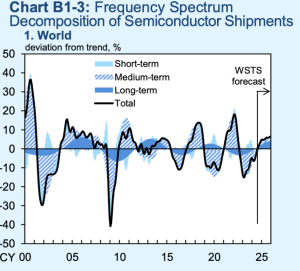
In other words, the first two years of Trump’s term will coincide with this upward phase of medium and long-term IT-related cycles. In this context, J.D. Vance’s role as Vice President becomes extremely significant.
While Vance is known for his 2016 bestseller “Hillbilly Elegy,” he’s far more than just an author. After success in venture capital, he entered politics with support from Pet
er Thiel, winning a Senate seat in 2022.
Thiel, who co-founded PayPal with Elon Musk and was a major donor to Trump’s 2016 campaign, has maintained distance this time.
However, his influence may be felt through Vance’s thinking of economic policies.
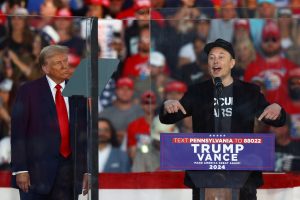
Thiel’s philosophy is captured in his famous quote: “We wanted flying cars, instead we got 140 characters.”
This reflects his belief that technology should improve the physical world, not just the virtual one. Notably, Thiel left Facebook’s (now Meta’s) board in 2022, despite being an early investor.
Interestingly, Twitter (the “140 characters” reference) was acquired by Thiel’s ally Musk, who runs companies like Tesla and SpaceX that apply technology to physical manufacturing.

In the conclusion of his 2014 book “Zero to One,” Thiel poses the question of “stagnation or singularity?”:
- A plateau scenario: Whole world will converge toward a plateau of development similar to the life of the richest countries today. But even if a truly globalized plateau were possible, could it last? In the best case, economic competition would be more intense than ever before for every single person and firm on the planet. Without new technology to relieve competitive pressures, stagnation is likely to erupt into conflict.
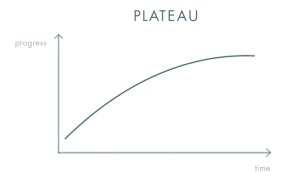
- A “takeoff” scenario: We create new technology to make a much better future. The most dramatic version of this outcome is called the Sigularity. But we cannot take for granted that the future will be better. Our task today is to find singular ways to create the new things that will make the future not just different, but better – to go from 0 to 1.
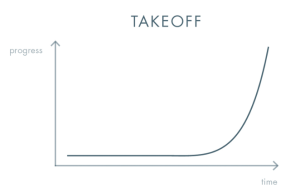
While Trump may be seen as a “strong medicine,” he might play a crucial role in:
- Putting the brakes on excessive competition driven by globalization
- Redirecting technology from virtual money-making schemes toward practical improvements in people’s lives
If Trump’s victory were purely negative for the economy, markets wouldn’t be responding with dollar strength, rising stocks, and higher interest rates.
To verify this perspective, we’ll be watching closely for information about appointments and policies until Trump’s inauguration on January 20, 2025.
